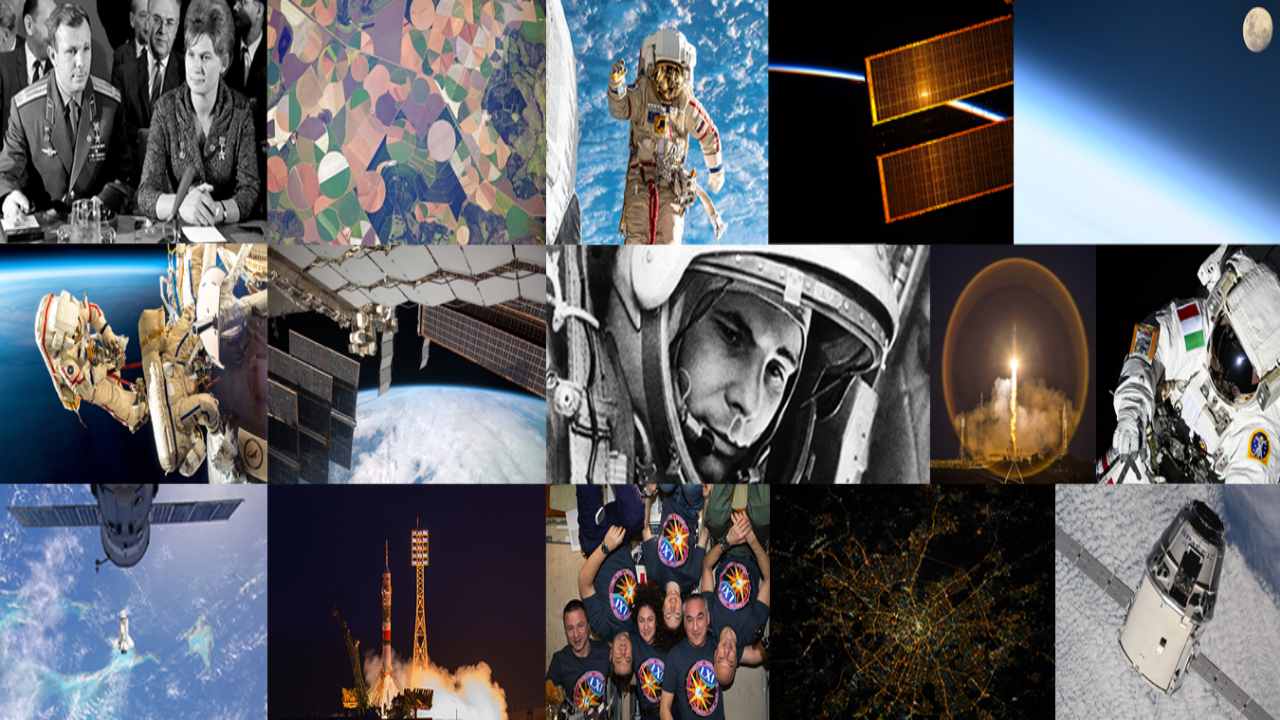The International Day of Human Space Flight is the annual celebration held on April 12 that honors the start of the space era for humankind, reaffirming the important contribution of space science and technology in today’s world. The day also aims to promote aspirations to explore and maintain outer space for peaceful purposes.
The United Nations General Assembly in its resolution on April 7, 2011, had declared April 12 to be celebrated as International Day of Human Space Flight.
12 April 1961 was the date of the first human space flight, carried out by Yuri Gagarin, a Soviet citizen. This historic event opened the way for space exploration for the benefit of all humanity. April 12 was also the date of the first Space Shuttle launch, STS-1 of Columbia in 1981, which is also commemorated on this date.
On 4 October 1957 the first human-made Earth satellite Sputnik I was launched into outer space, thus opening the way for space exploration.
In the Soviet Union, April 12 was commemorated as Cosmonautics Day since 1963 and is still observed in Russia and some former Soviet states. Yuri’s Night, also known as “World Space Party” is an international observance initiated in the United States in 2001, on the 40th anniversary of Gagarin’s flight.
Commemorative stamps depicting human space flight have been released on or around the International Day of Human Space Flight in the past. A statue of Yuri Gagarin, the world’s first cosmonaut to journey in outer space, is located about 40km (about 25 miles) from Saratov, Russia. It was erected in 1981.
History of Human Achievements in Outer Space:
- October 5, 1957: The first man-made Earth satellite Sputnik I was launched into outer space. It opened the way for space exploration.
- April 12, 1961: Yuri Gagarin became the first human in space flight to orbit the earth. It showed an opportunity for human endeavors in outer space.
- June 16, 1963: Valentina Tereshkova was the first woman to orbit the Earth.
- July 20, 1969: Neil Armstrong became the first human to set foot upon the surface of the moon.
- July 17, 1975: Apollo and Soyuz was the first joint US-Russian space flight. This event became the first international human mission in space.
International Day of Human Space Flight 2021: UN and Space
From the very beginning of the Space Age, the United Nations recognized that outer space added a new dimension to humanity’s existence. The United Nations family strives continuously to utilize the unique benefits of outer space for the betterment of all humankind.
On 10 October 1967, the “Magna Carta of Space“, also known as the Treaty on Principles Governing the Activities of States in the Exploration and Use of Outer Space, including the Moon and Other Celestial Bodies entered into force.
Today, the United Nations Office for Outer Space Affairs (UNOOSA) is the United Nations office responsible for promoting international cooperation in the peaceful uses of outer space. UNOOSA serves as the secretariat for the General Assembly’s only committee dealing exclusively with international cooperation in the peaceful uses of outer space: the United Nations Committee on the Peaceful Uses of Outer Space(COPUOS).


















